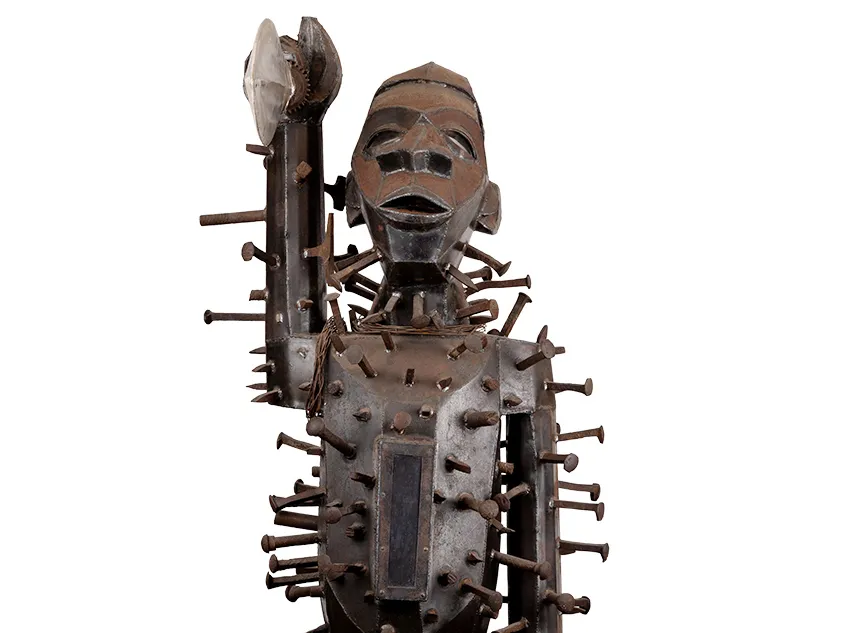Let’s go to the zoo! (The bug zoo, that is)
The Wooster Campus moved its insectarium from a closet to custom-made displays that help visitors get comfortable with the crawly, hairy and many-legged species of our world.
The Wooster campus’ United Titanium Bug Zoo has a mission of education and outreach centered on those who may be least excited to visit: entomophobes. Whether at home in the new Wooster Science Building or touring K–12 classrooms, the zoo’s aim is to promote awareness, dispel myths and ignite curiosity for insects.
“My favorite thing is when there’s a student who is petrified and clinging to the door at the start and by the end is standing right next to me,” says program manager Jeni Filbrun. The zoo has evolved over the years, beginning in the 1980s when Professor Emeritus Lowell “Skip” Nault housed a single tarantula. Before it moved to a designated room in Thorne Hall, the growing collection’s first permanent home was a little-used closet.
In 2021, Filbrun oversaw the move to the new Wooster Science Building, where more than 30 species now live in custom, temperature-controlled displays designed for each insect’s specific needs. Filbrun has curated the collection for seven years and before that spent a decade working at the Cincinnati Zoo and Botanical Garden.
There’s also a bug zoo collection on the Columbus campus. Located on the roof of the 12th Avenue Garage, it’s overseen by Jeni Ruisch ’15, insectary and outreach program director for the Department of Entomology.

Australian walking stick
Extatosoma tiaratum
A master of deception, this adult bug looks like a twig. Its disguises start even earlier, though: The walking stick’s eggs mimic seeds that ants help carry underground to their nest, where they are protected from predators.

Rajah Brooke’s Birdwing
Trogonoptera brookiana
This iridescent green butterfly hails from the rainforests of Malaysia. Found across tropical Asia, birdwings get their name from their large size and birdlike flight patterns.

Giant vinegarroon
Mastigoproctus giganteus
These arachnids may resemble scorpions — in fact, they’re often called whip scorpions — but don’t be put off by those big pincers. Rather than biting, the pincers are mostly used to help chew slugs and worms. To defend themselves, vinegaroons spray a substance that smells just like vinegar.

Desert millipede
Orthoporus ornatus
Hailing from the Southwest United States, these slow-moving arthropods play an important role as decomposers in the desert ecosystem by eating dead and decaying plant matter, which takes longer than usual to fully decay in such a dry environment.

Blue death-feigning beetle
Asbolus verrucosus
Its name sounds scary, but this beetle is as unintimidating as the blueberries it resembles in shape and color. Its name refers to how the beetle plays dead when it’s startled — because no predator wants to eat a dead insect.

Curlyhair tarantula
Tliltocatl albopilosus
Filbrun likes to end her classroom visits with a large, hairy tarantula: “People freak out over spiders. They’re probably the least understood arthropod.” While its waving legs may look intimidating, the behavior actually indicates the spider is finding its footing.

Glowspot roach
Lucihormetica subcincta
This South American species is admired for its flashy coloration. Those distinctive yellow splotches are not the roach’s eyes, but glow spots. If these giant insects eat certain fungi, the spots develop a bioluminescent glow that makes them light up under black light.
Stand up for bugs
Support helps cover the Wooster Bug Zoo’s operating expenses.



